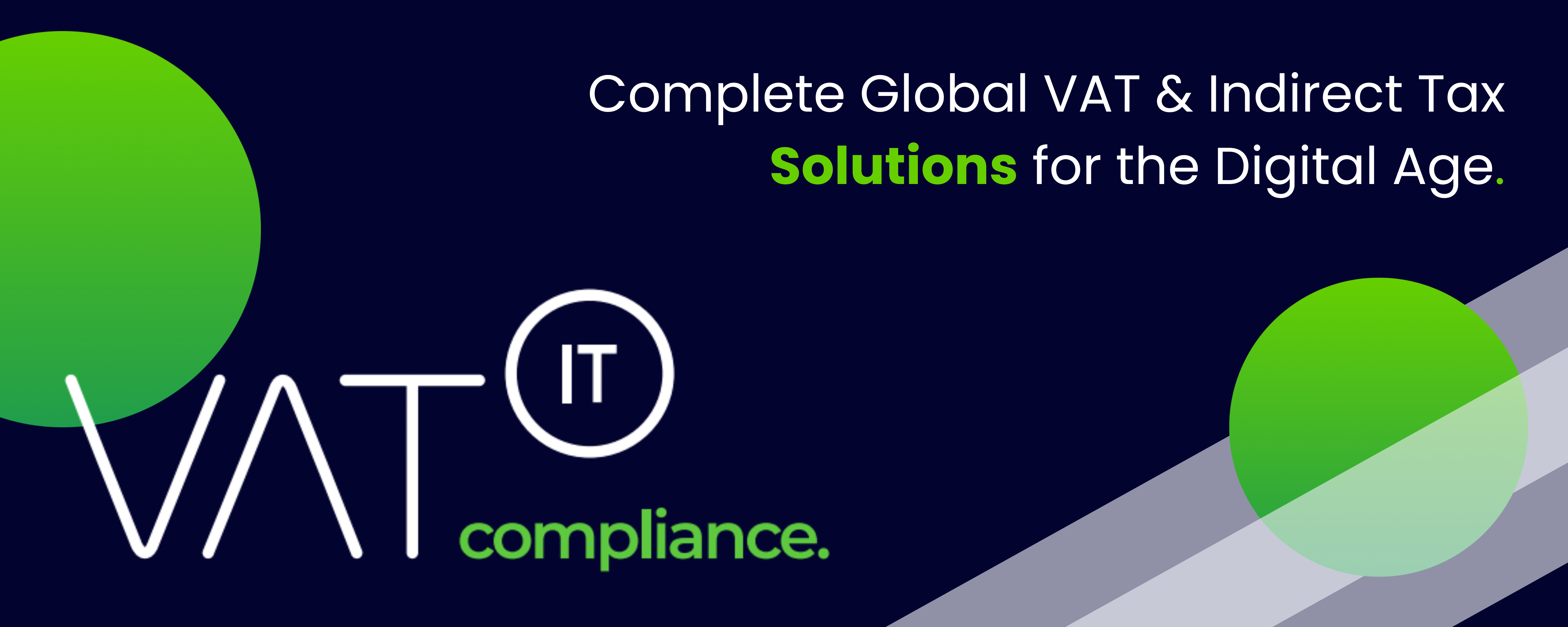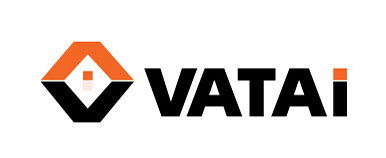- GST has replaced complex indirect taxes with a dynamic approach
- Digital transformation has streamlined tax compliance
- Revenue collection in April 2023 reached an all-time high
- E-way bills and digital transformation have impacted economic growth
- Automation and real-time data flow are necessary for the future of taxation in India
- Digital reporting has increased visibility for tax authorities
- E-invoicing is a revolutionary transformation in indirect tax administration
- E-invoicing helps close gaps, prevent oversights, and detect fraudulent transactions
- Businesses incur high implementation costs but will benefit from reduced costs and digitalization
- Authorities have better insight into economic activity, while the private sector can automate financial services
- Indirect tax regime in India is moving towards technological expansion for ease of doing business
- Tax technology initiatives like E-Way Bill infrastructure have helped detect fraudulent transactions.
Source: cxotoday.com
Note that this post was (partially) written with the help of AI. It is always useful to review the original source material, and where needed to obtain (local) advice from a specialist.
Latest Posts in "India"
- Supreme Court: VAT Credit Cannot Be Denied Due to Supplier’s Tax Default
- Trickiest countries in which to achieve compliance
- India announces changes in the Invoice Management System
- GST: India’s Grand Federal Bargain Becomes Imperfect Political Compromise After Eight Years
- GST 2.0 Boosts Bengal’s Economy with Rate Cuts on Local Goods and Industries















